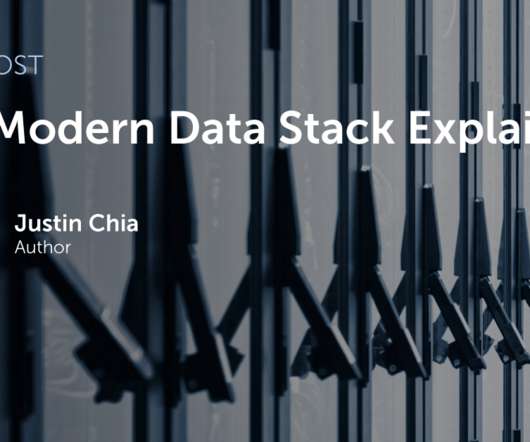How Will The Cloud Impact Data Warehousing Technologies?
Smart Data Collective
APRIL 8, 2020
Dating back to the 1970s, the data warehousing market emerged when computer scientist Bill Inmon first coined the term ‘data warehouse’. Created as on-premise servers, the early data warehouses were built to perform on just a gigabyte scale. Big data and data warehousing.

















Let's personalize your content